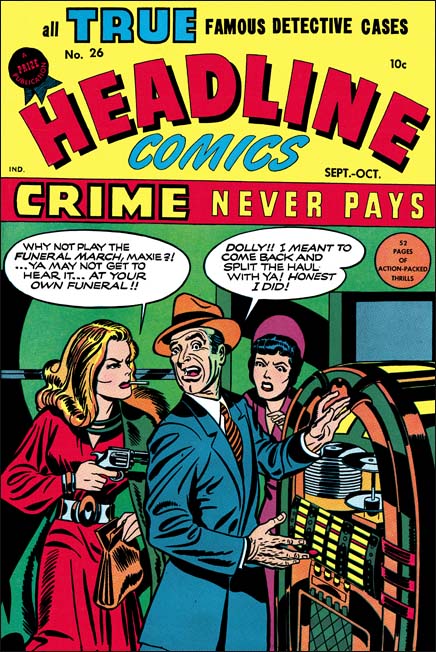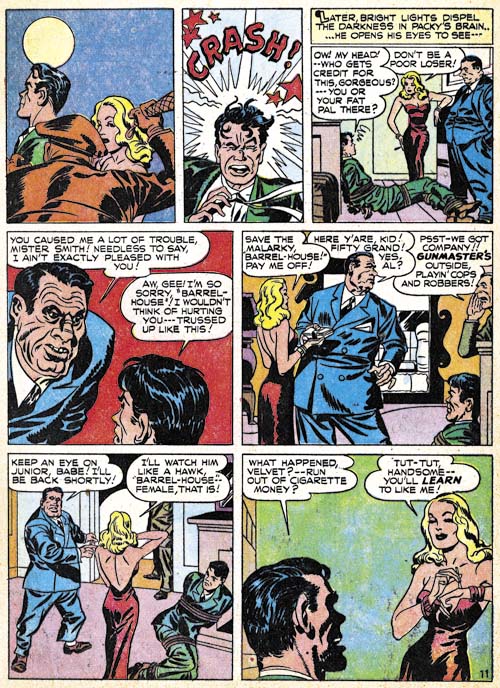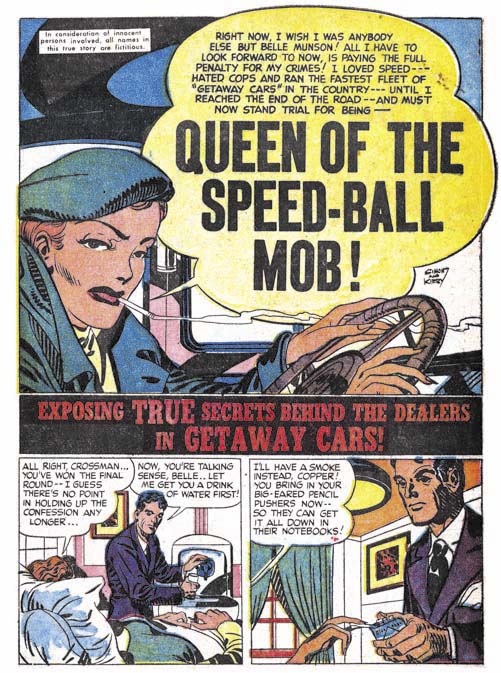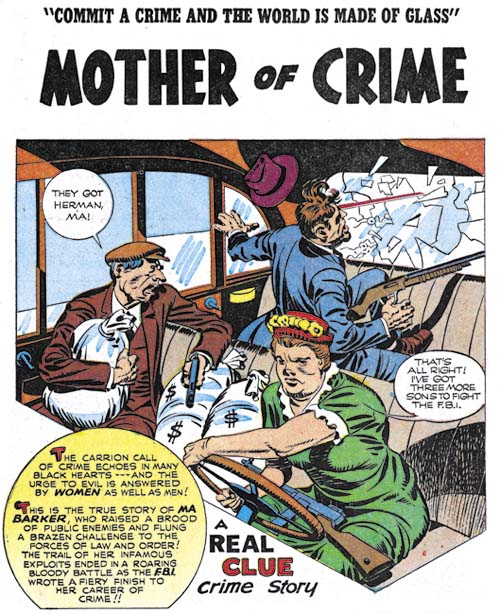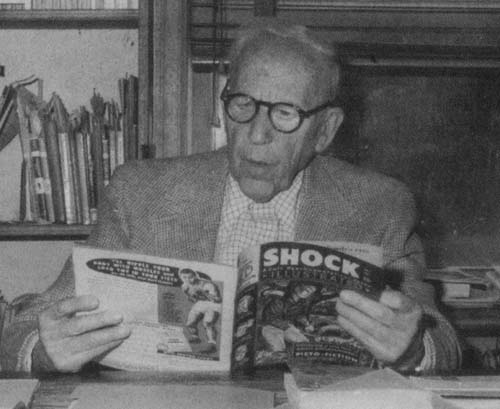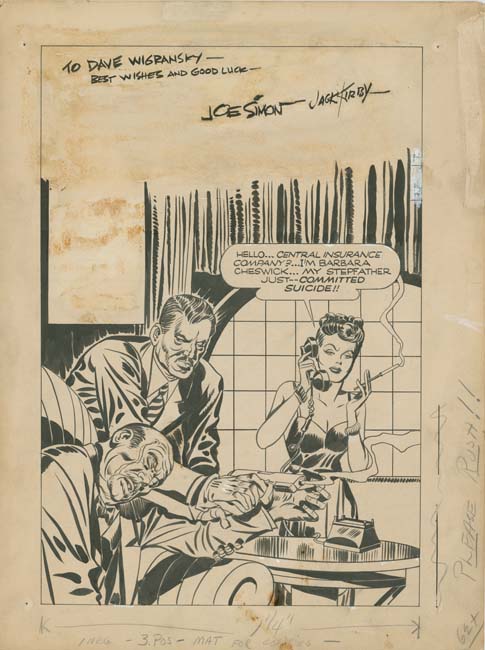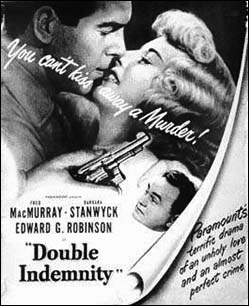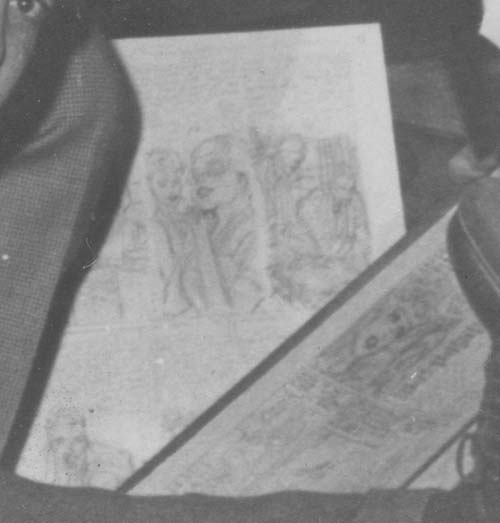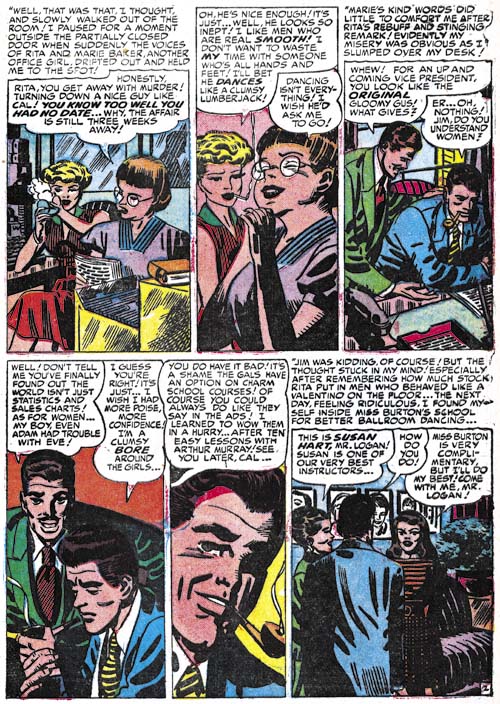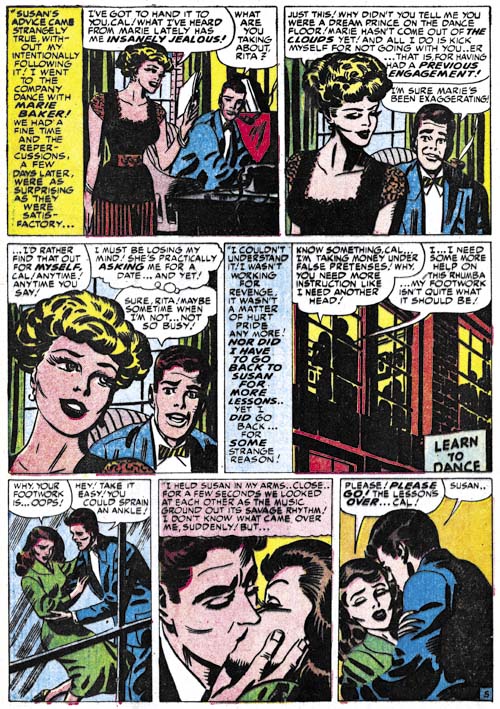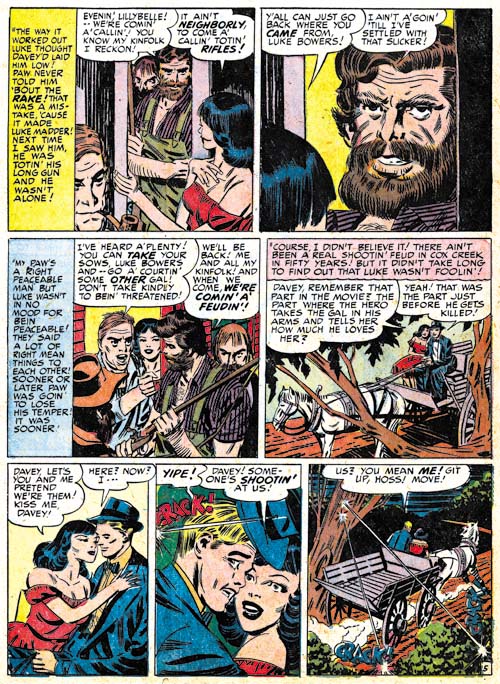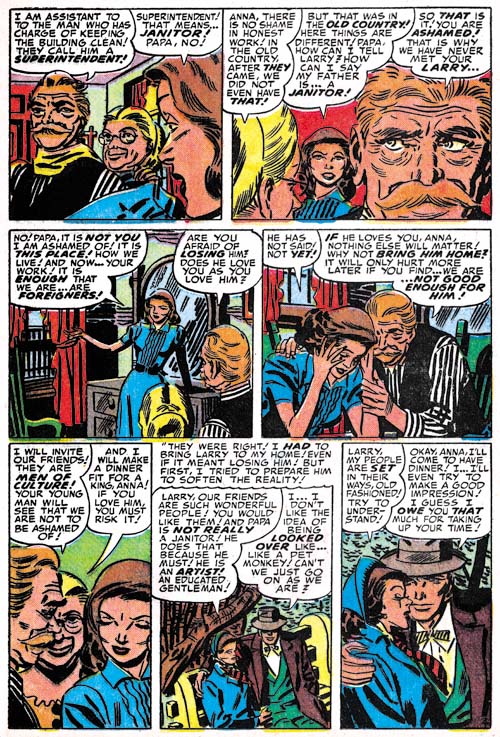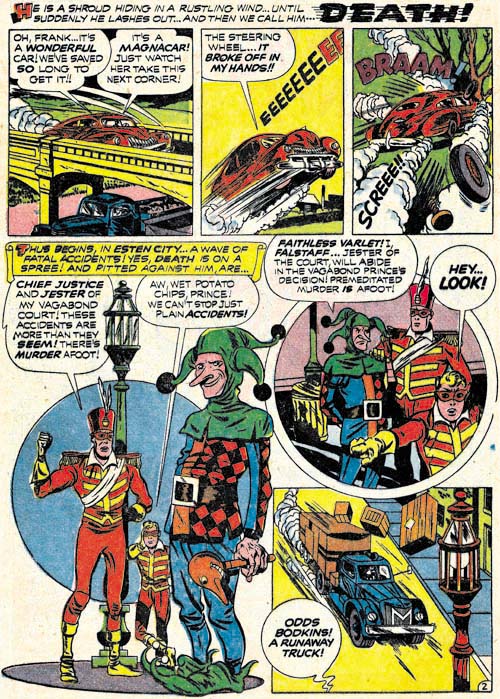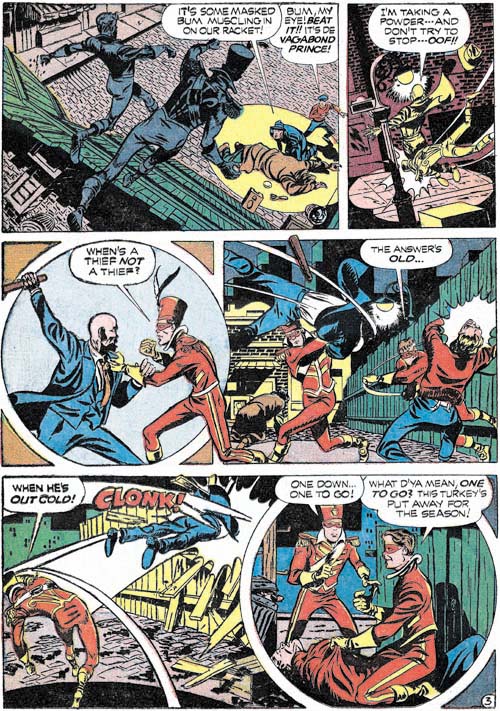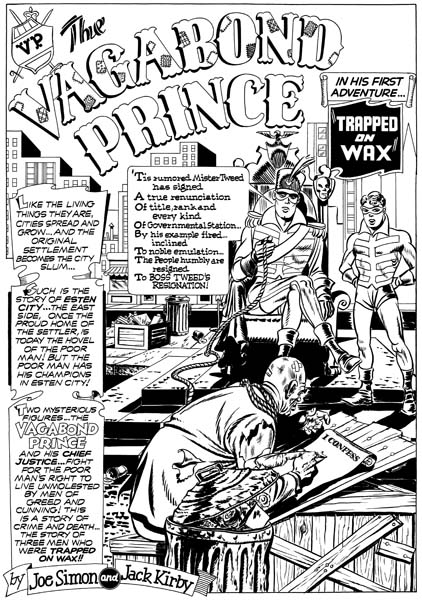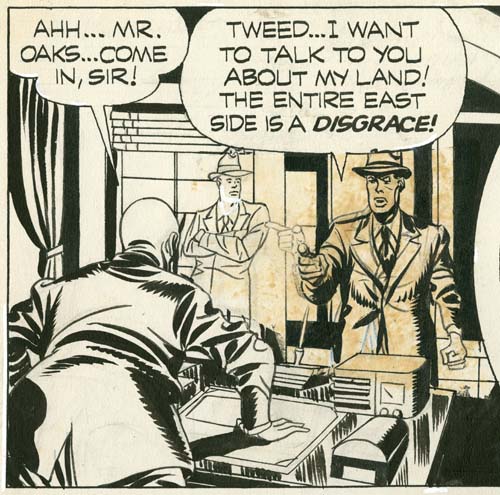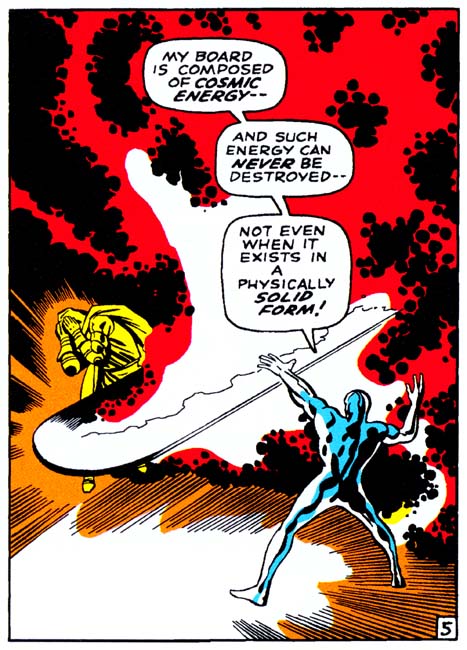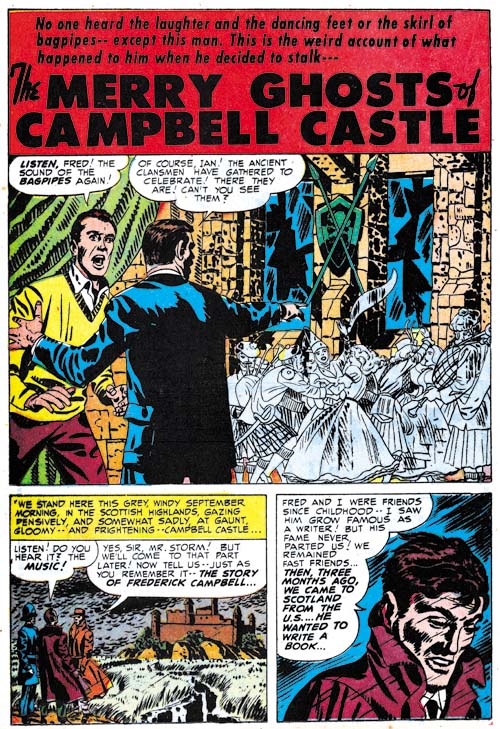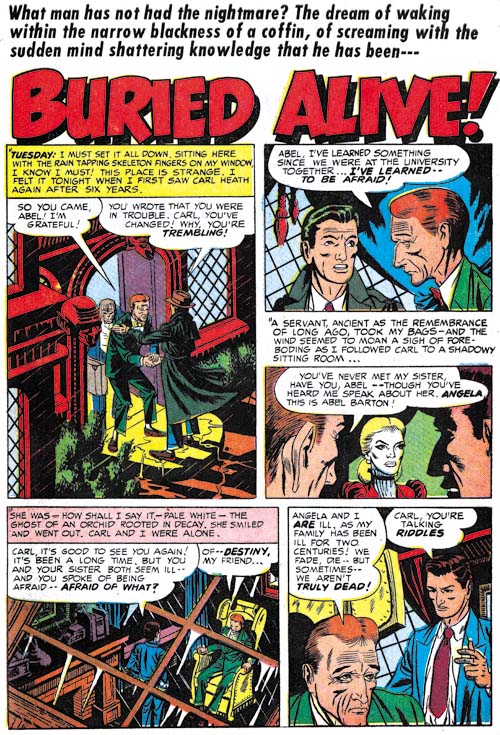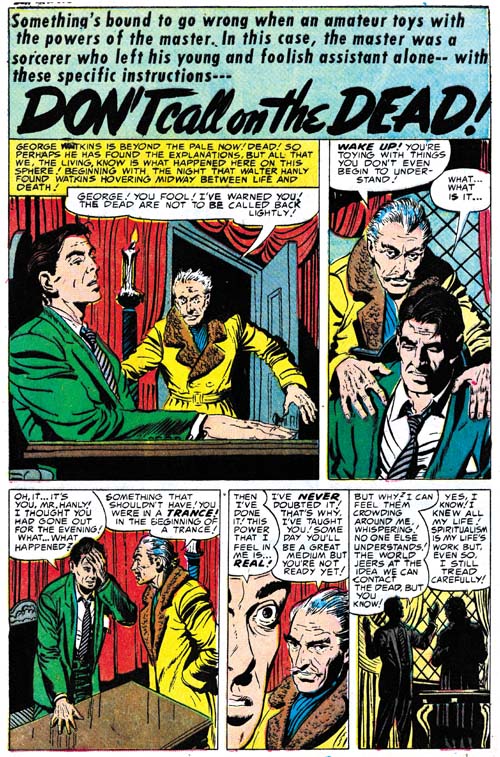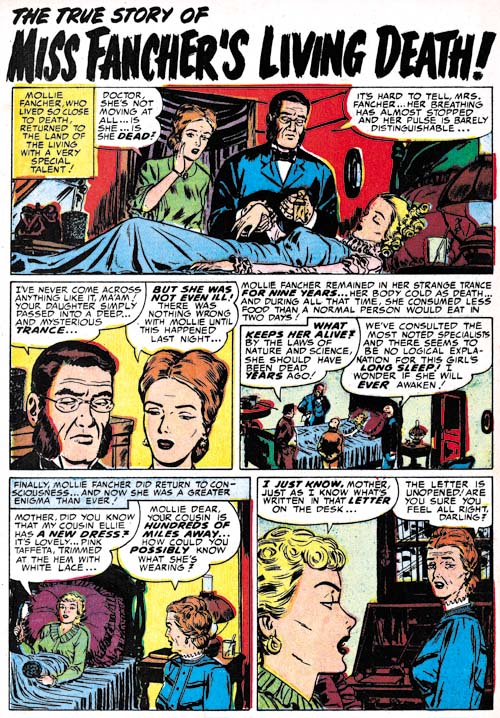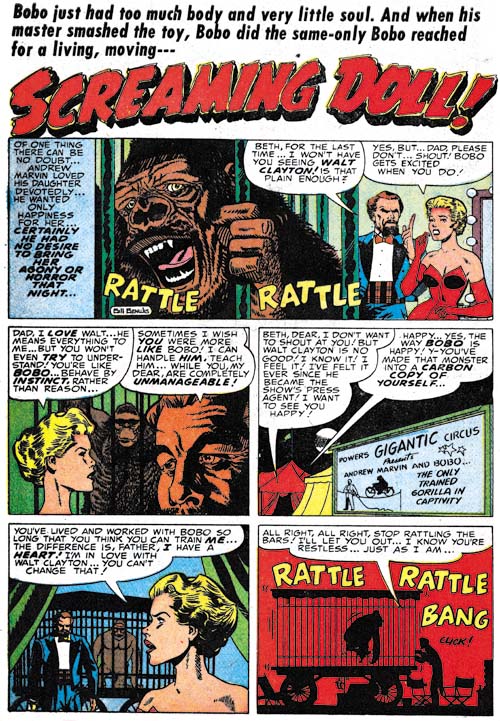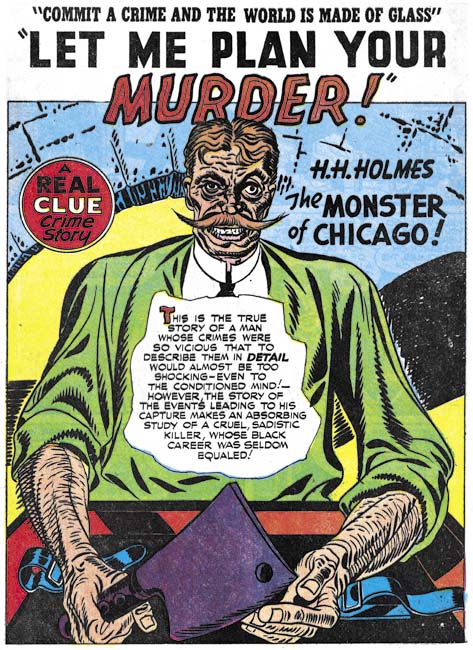
Real Clue Crime Stories v. 2 n 6 (August 1947) “Let Me Plan Your Murder” pencils by Jack Kirby
During Joe Simon’s deposition given in DC versus Fawcett he described the work that they were presently doing as being based on true stories. At that time (1948) Simon and Kirby were producing crime and romance comics. It is hard to say how true their romance stories were but they did run advertisements offering to pay for reader submitted stories. While romance did not usually make the newspapers, crime certainly did. Therefore it is possible to compare what Joe and Jack created with historical facts.
I plan to research a number of crime stories but here I will start with “Let Me Plan Your Murder, H. H. Holmes the Monster of Chicago”. There really was a murderer with the name Henry H. Holmes, or rather that was the name he was using when finally captured (his original name was Herman W. Mudgett). Holmes was a famous serial killer whose exploits can be found in great detail on the Internet (The Murder Castle of H. H. Holmes, The Master of the Murder Castle, and Wikipedia’s H. H. Holmes to mention just a few). There is no definitive count of the number of Holmes’ victims. The best estimates are in the range of 20 to 200. I will return to this issue below.
I will not summarize what is known about Henry Holmes as it is covered in detail in the links I supplied above. There is a lot to his story, much too much to cover in seven pages of a comic book. So it is not surprising that that much was left out in the story that Simon and Kirby told. But the question that interests me is how accurate were Joe and Jack for what they did tell? To start with how accurate was their portrayal of Holmes himself. The most prominent feature that Holmes’ possessed was his moustache. Kirby drew a distinctive moustache but that went out and slightly up while the real Holmes had a moustache that went down at the ends.
The story produced by Simon and Kirby have seven essential facts:
- Holmes constructed his castle with frequent firing of the workers so that no one would understand the true nature of what he was building.
This is an accurate description of how Holmes’ constructed his castle. Frequent dismissal of the work crews not only hid what he was doing but Holmes would also refuse to pay them. Holmes may have built his elaborate building without spending any of his own money!
- Numerous visitors to Chicago mysteriously disappeared.
Holmes operated his castle during the Chicago World’s Fair. He would rent out rooms to visitors. Apparently many visitors to the Fair never returned home. Did they stay at Holmes’ castle and become his victims or did they just go on to a new life and never return home? I cannot imagine that such a question could not be answered today but in 1892 they were left with only suspicions.
- Holmes concocted an insurance fraud with Howard Pietzel but instead of substituting the body of some victim actually kills Pietzel.
This is correct. Left out of Simon and Kirby’s account was the story of Pietzel’s wife and children. Holmes somehow convinced Mrs. Pietzel to give him custody of three of her five children. Holmes would end up killing the three children and there are suggestions that was to be the fate of Mrs. Pietzel as well.
- The cellar to Holmes’ castle was uncovered during the construction of a tunnel.
Simon and Kirby present this as an accident that started the unraveling of Holmes’ killing spree. Actually the tunneling was done after Holmes was apprehended and was done from the castle’s cellar. A large metal tank was found which when opened produced a horrendous stench. Despite the odor someone lit a match to see what was inside. The result was an explosion that fortunately left the workers without serious injury but any evidence of what the tank was used for was destroyed.
- Police investigated the Pietzel case for proof of Holmes’ criminal doings.
The tunnel was not what brought Holmes to justice what did that was fallout from the Pietzel insurance scheme. Holmes offered another criminal Marion Hedgepeth, a fee for the name of a lawyer who could be trusted. The lawyer’s name was provided and the fraud executed but Hedgepeth never was given his finder’s fee. A bad move on Holmes part because in revenge Hedgepeth reported Holmes scheme to the police. A examination of Pietzel’s remains did show that he had been murdered.
- Holmes’ real name was Herman Mudgett.
Not much to say on this point as Simon and Kirby got it right.
- After conviction Holmes confessed his crimes.
His confessions were well publicized but apparently not specific enough to indicate how many people Holmes actually killed. Probably so many that Holmes lost track.
Simon and Kirby got six of the seven essential facts correct. The one thing they got wrong (Holmes’ cellar discovered during tunnel construction) was not completely made up but did not play the part Joe and Jack presented. I do not know what source Simon and Kirby used for the story. Was the source material inaccurate or did Joe and Jack make the change on purpose? Without know the source we simply cannot tell.
On a side note, Simon and Kirby present “Let Me Plan Your Murder” as if told to a researcher. The motif of using someone tell the story was commonly used by Joe and Jack. The researcher of this story looks very much like “Red Hot” Blaze who regularly played the story telling roll in the Headline Comics stories that Simon and Kirby were doing at the same time. It is quite likely that “Let Me Plan Your Murder” was originally meant for Prize’s Headline Comics but for some reason switched to Hillman’s Real Clue.


